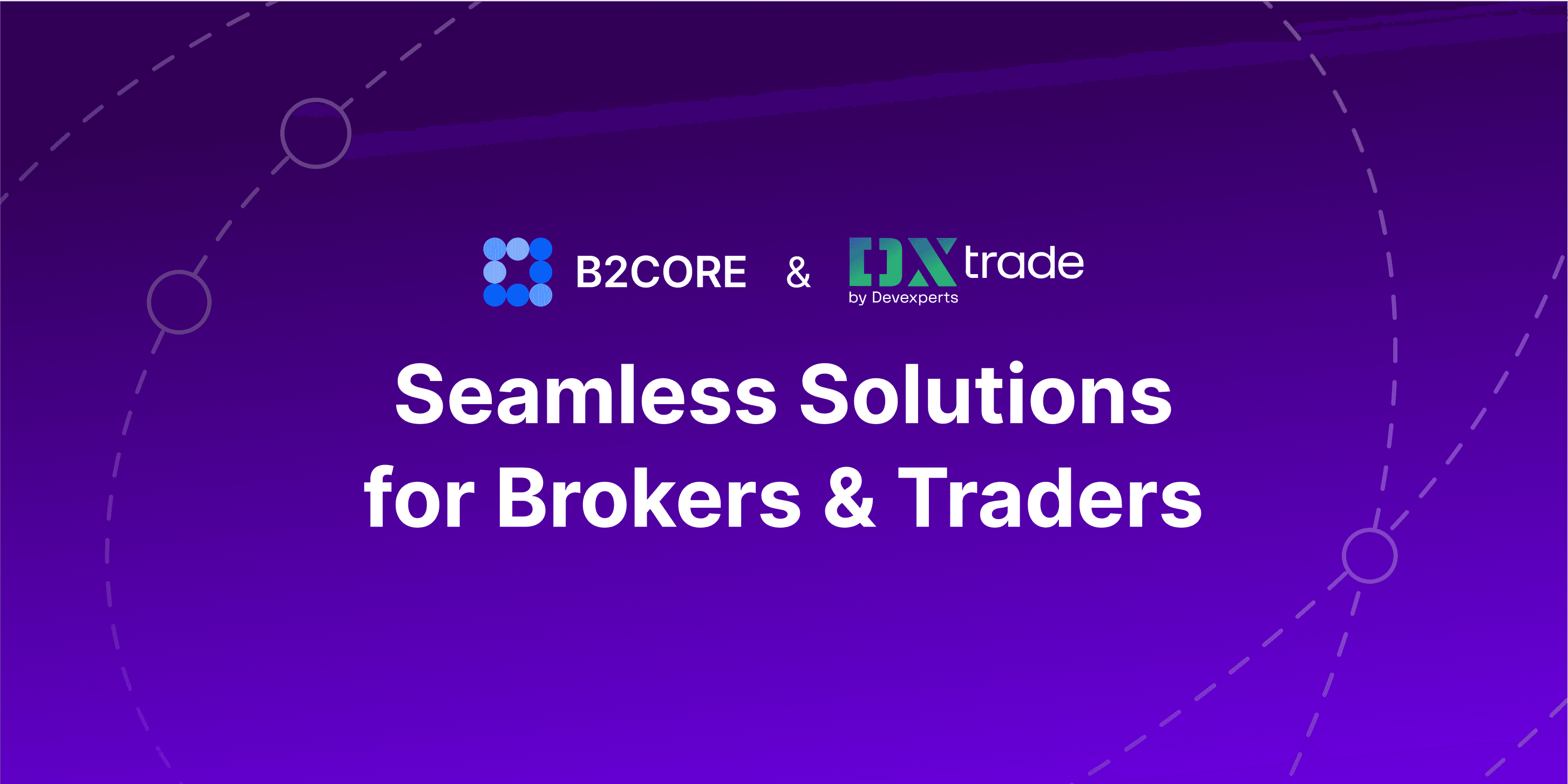Share
0
/5
(
0
)
Money laundering has been a pervasive issue that banks and financial institutions have had to grapple with for decades. Despite their best efforts, the problem persists and is a major challenge these institutions still face in curtailing criminal activities. With the ever-changing nature of money laundering schemes and with the emergence of crypto, it becomes even more difficult for law enforcement agencies to identify and prosecute offenders.
In this article, we will look at what AML is, how companies and institutions implement such measures, and why they are so important.
What is AML? Why is AML important?
Anti-money laundering (AML) refers to the legal framework for detecting and preventing use of funds gained via illegal means. AML includes the measures financial firms must take to ensure that their clients are not using their services to launder money.
The problem of money laundering and other illegal activities is taken very seriously by financial regulators. This means that the effects of AML rules are felt throughout almost all of a financial institution's interactions with its customers, even if, in theory, they only apply to specific types of transactions.
The Financial Action Task Force (FATF) is the international organization that regulates AML requirements. This organization was established in 1989 as a collective effort by countries and organizations around the world to tackle money laundering. Since then, it has grown in scope to include measures to prevent terrorist financing following the 9/11 attacks. FATF's efforts have played an important role in curbing the flow of illegally acquired funds.
Why is AML so important? AML is a critical part of safeguarding the financial system from abuse and protecting its integrity. By preventing criminals from using the financial system to launder money, AML helps to reduce crime and protect consumers. It also helps to ensure that law-abiding businesses can compete on a level playing field.
How Does Money Laundering Work?
Money laundering is a complex crime that involves the conversion of illegally obtained funds into untraceable assets. It is a practice that has been employed by criminals for centuries and is still widely used today to disguise the origin of ill-gotten gains and make them appear legitimate.
Money laundering, estimated to constitute between two and five percent of the world's gross domestic product according to the International Monetary Fund (IMF), is a serious crime that has far-reaching economic implications. This illegal activity enables those engaged in crimes such as corruption, tax evasion, theft, drug trafficking, and migrant smuggling to reap the benefits without consequence. This can not only rob countries of much-needed economic resources but also undermine their overall economic stability.
How do criminals launder money?
The process itself consists of three stages:
The first stage is placement. This involves introducing "dirty" or illegal funds into the financial system, often through cash-based businesses. The goal is to move the money from its source to more difficult areas for law enforcement to track. In some cases, this could involve using digital currencies such as Bitcoin to hide the origin of the funds.
The second stage is layering. This involves moving the funds around in order to make tracing them more difficult. Techniques such as wire transfers, money mules, and shell companies can be used to obscure the source and destination of funds. It's also common for criminals to use multiple accounts at different financial institutions, making detection even more difficult.
The last stage is integration. This involves reintroducing the "dirty" money into the economy by using legal investments such as stocks and bonds or by simply spending it on luxury items like cars and real estate. The goal of this phase is to make it difficult to prove that the funds are illegal in origin.
How is Money Laundering Detected?
In order to effectively combat money laundering, companies and financial institutions must first identify suspicious activity in order to prevent it from occurring. To do this, they practice Know Your Customer (KYC) and Customer Due Diligence (CDD) procedures.
Know Your Customer
KYC is a process by which banks and other financial institutions verify the identity of their customers. KYC procedures typically include collecting documentation such as a driver's license or passport, as well as verifying the customer's name and address.
Customer Due Diligence
Financial institutions must conduct CDD as part of their KYC procedures. This step involves verifying the identity of potential clients and beneficial owners, as well as monitoring any transactions they make to detect suspicious activity. By implementing CDD, financial institutions can better assess and manage the risk associated with doing business with certain customers.
Components of the AML program
In order to effectively combat money laundering, companies and financial institutions must first identify suspicious activity in order to prevent it from occurring. To do this, they practice Know Your Customer (KYC) and Customer Due Diligence (CDD) procedures.
Know Your Customer
KYC is a process by which banks and other financial institutions verify the identity of their customers. KYC procedures typically include collecting documentation such as a driver's license or passport, as well as verifying the customer's name and address.
Customer Due Diligence
Financial institutions must conduct CDD as part of their KYC procedures. This step involves verifying the identity of potential clients and beneficial owners, as well as monitoring any transactions they make to detect suspicious activity. By implementing CDD, financial institutions can better assess and manage the risk associated with doing business with certain customers. Components of the AML program The Bank Secrecy Act (BSA), which is a United States federal law that requires financial institutions to help the government fight crime by maintaining records of monetary transactions and report suspicious activity, identifies five key compliance "pillars" of AML:
1. A compliance officer
BSA requires financial institutions to hire an AML compliance officer who is knowledgeable about their industry, experienced in managing regulatory processes, and able to address any compliance issues that arise. Such a person should also be able to effectively explain the importance of compliance to staff members in order to avoid them looking at it as an obstacle to be worked around.
2. Internal policies
Financial institutions must develop comprehensive internal policies to ensure the successful monitoring and reporting of suspicious activity. FinCEN provides templates for the CDD form, as well as other Bank Secrecy Act forms, while FINRA offers templates for AML programs, including text examples, instructions, relevant rules, and other resources.
Companies should integrate solutions such as customer identity verification and automated cloud-based systems to quickly vet customers and detect potential malicious actors before any damage can be caused. Additionally, periodic evaluations should be conducted to ensure compliance with AML regulations.
Together, these tools enable firms to develop appropriate and effective AML policies.
3. Training program for employees
Financial firms have a responsibility to ensure that their employees are familiar with money laundering prevention laws and regulations under BSA. To do this, firms should create training programs based on current trends and common concerns such as large transactions, suspicious personal details, or odd account behavior. Additionally, refresher training should be given every few months to reaffirm proper AML compliance amongst staff.
4. Independent testing and auditing
Third-party testing and auditing of an AML compliance program are essential for assuring alignment with BSA obligations. Not only does it help to identify any potential weak points, but it also provides independent confirmation that due diligence has been conducted, helping to demonstrate a proactive approach to compliance. External testing and auditing should be regularly scheduled in order to stay on top of any changes or updates that may occur.
5. In-depth risk assessment (Customer Due Diligence rule)
Under the Customer Due Diligence rule, businesses must identify and authenticate their customers, as well as monitor their activities, in order to detect any suspicious transactions.
Conclusion
AML regulations are an essential tool in maintaining financial security and economic stability throughout the world. By keeping up with ever-changing legal requirements, banks and companies can ensure that they maintain effective anti-money laundering procedures to prevent criminals from obscuring their illegal transactions. With continued efforts to stay ahead of the game and keep their AML programs updated, financial institutions have a responsibility to ensure a healthy economy and safety for everyone.
Read also





